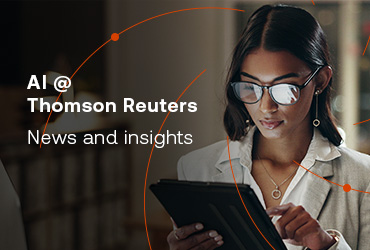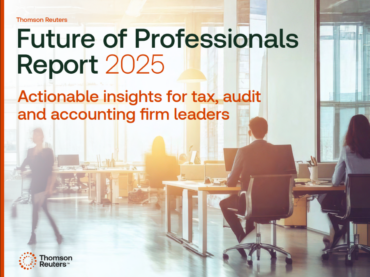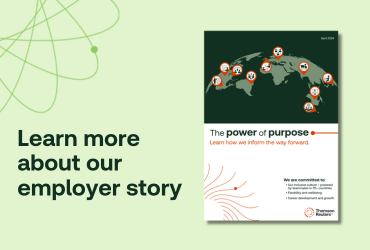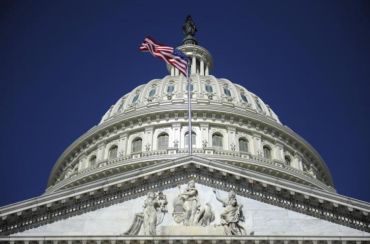As artificial intelligence (AI) continues to transform industries, payroll is emerging as a key area ripe for innovation. Yutaka Takagi, Principal Product Evangelist at isolved, believes AI is not just a futuristic concept for payroll — it’s already reshaping how companies process pay, ensure compliance, and enhance employee experience.
In a recent interview, Takagi shared insights into how AI is being integrated into payroll systems, the strategic advantages it offers, and the challenges that come with it. His perspective underscores a growing consensus: payroll is no longer just about cutting checks — it’s becoming a strategic function powered by data and automation.
From paper trails to predictive intelligence
Takagi identified payroll auditing as one of the most immediate and impactful areas for AI automation.
“Payroll is kind of where…all employee data ultimately comes together,” he explained. “It’s like a bi-weekly…playoff game…and it has to be right on the paycheck every week, every two weeks.”
Traditionally, payroll professionals relied on manual checks and exception reports to catch errors. But AI can now comb through thousands of paychecks in real-time, flagging anomalies such as unexpected wage spikes or missing deductions.
“What used to be sort of paper scouring, some sort of exception reporting that had to be run or kicked off, I can see happening much more organically, much more in the flow of your workweek or your payroll processing day,” Takagi said of AI integration in payroll audits.
This point of view aligns with broader industry trends. According to PayrollOrg, AI is increasingly being used to enhance payroll accuracy and reduce compliance risks.

Podcast
Tax reform unpacked: What does the One Big Beautiful Bill Act mean for you?
Listen to the podcast ↗Compliance and strategic decision-making
Beyond auditing, AI is proving valuable in navigating the complex world of payroll compliance. With regulations constantly evolving, AI can help payroll teams stay ahead.
“There’s that opportunity for payroll folks to push new legislation through an AI model that also understands what your workforce looks like [and] what jurisdictions are you in,” Takagi said.
He added that AI can help payroll teams assess compliance risks by analyzing workforce data — such as the presence of remote employees — and applying new regulations to identify potential vulnerabilities. Takagi noted that this strategic use of AI is possible because payroll serves as the central hub where all employee-related data converges.
This proactive approach can help companies avoid costly penalties and streamline year-end processes, like W-2 corrections. It also positions payroll as a strategic partner in business planning.
“AI is all about data, and all that data converges on the paycheck,” Takagi noted. “There’s an opportunity to mine that data, to be able to tie it to what’s happening on the paycheck relative to business performance [and] business outcomes.”
Legislation and forecasting
Takagi’s insights are especially timely in light of recent legislative developments. The House-passed “One Big Beautiful Bill” (H.R. 1) includes a provision to exclude overtime pay from federal income tax for non-exempt workers under the Fair Labor Standards Act (FLSA).
“From a payroll practitioner standpoint, to really understand how much overtime are we paying, [and] would we expect that number to change,” Takagi explained, adding that a key consideration will be whether FLSA overtime exemption classifications are revised or remain unchanged under the new provision.
AI tools can analyze historical payroll data to project how such a deduction might affect tax liabilities, employee classifications, and overall compensation strategies. These insights can help companies prepare for changes before they take effect, reducing compliance risks and optimizing workforce planning.
The employee experience layer
Takagi is particularly intrigued by how AI can enhance the employee experience. He points to the rise of earned wage access (EWA) platforms and financial wellness tools as examples of how payroll is evolving beyond direct deposits.
Takagi noted this trend while attending PayrollOrg’s annual Congress in May, where he observed a growing presence of vendors focused on financial wellness and earned wage access (EWA). “And I see AI playing a role in that employee experience layer as well,” he said, highlighting how AI could guide employees through the EWA process and support them in achieving greater financial stability.
This is more than convenience – it’s a business advantage. Studies show that financial stress can reduce employee productivity. Tools that help workers manage their finances can lead to better performance and retention.
“There’s a role where payroll can be the interpreter,” Takagi said.
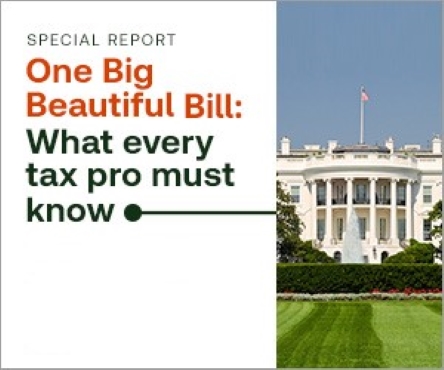
The Act of 2025
Keep your firm ahead of the curve. Our 55-page special report provides the authoritative analysis you need.
Get the report ↗Challenges: Bias, privacy, and human oversight
Despite the promise of AI, Takagi is clear-eyed about the challenges. One major concern is bias in AI models, especially in areas like recruitment or compensation analysis.
Takagi emphasized that for AI tools to be effective and responsibly deployed, they must be accompanied by clear guidance on how human roles will evolve. He cautioned the idea of “just throw[ing] something over the fence” with an AI solution to rank candidates or “validate that payroll is correct.”
“AI can hallucinate [so] we have to leave room for that conversation to say there’s still a role for human validation of what the AI is doing,” Takagi noted.
He also emphasized the importance of data privacy. Payroll data is rich with sensitive information, and AI tools should be deployed with robust security measures.
“From a security perspective, paychecks have a lot of very private data on [them],” Takagi began, addressing concerns about employees potentially uploading sensitive payroll information into large language model (LLM) AI tools for analysis. He emphasized that a safer and more responsible approach might be for employers to provide vetted AI solutions designed specifically to inform about wage management and also protect employee data.
The future: From processor to strategic partner
Looking ahead, Takagi sees AI continuing to shift the role of payroll professionals from processors to strategic advisors.
“Payroll professionals are going to be maybe approving things more than processing,” he said, which provides more time to connect the dots between work and pay, and helps employees understand the value of their contributions.
Takagi emphasized that payroll holds a unique strategic advantage because it consolidates data from across the organization — compensation, benefits, bonuses, hours worked, and more — all in one place.
A strategic inflection point
Takagi’s insights paint a picture of payroll at a strategic inflection point. With AI, payroll is no longer just a back-office function — it’s a data-rich hub that can drive compliance, improve employee well-being, and inform executive decisions.
He explained that payroll is where the full picture emerges when evaluating whether an incentive program is truly effective. He stressed that it is not just about what was paid, but how it was earned — whether it required excessive hours or led to burnout.
He also believes AI can mine this rich dataset to connect payroll activity with broader business outcomes.

CoCounsel Audit
Automate complex workflows with proven agentic AI capabilities in CoCounsel Audit
Learn more ↗
